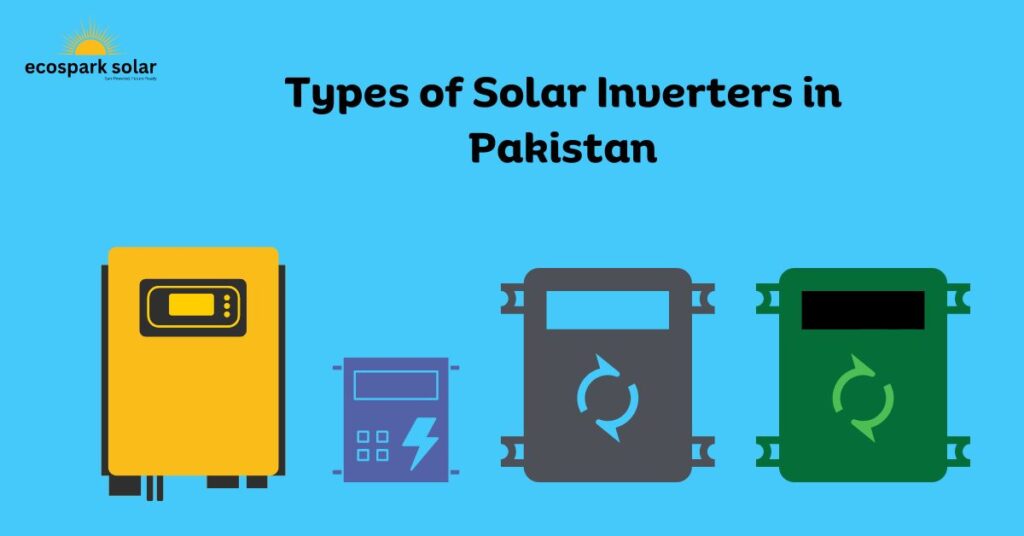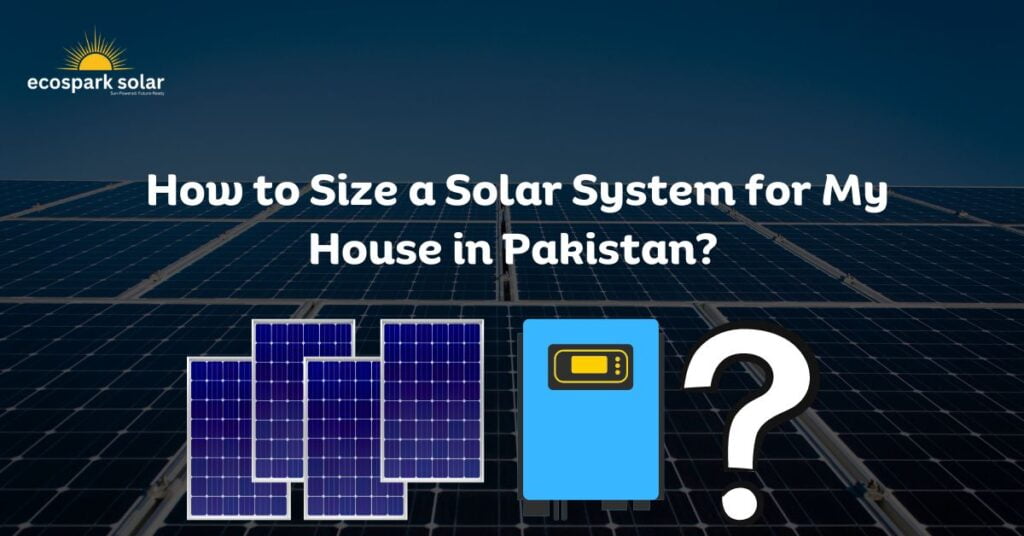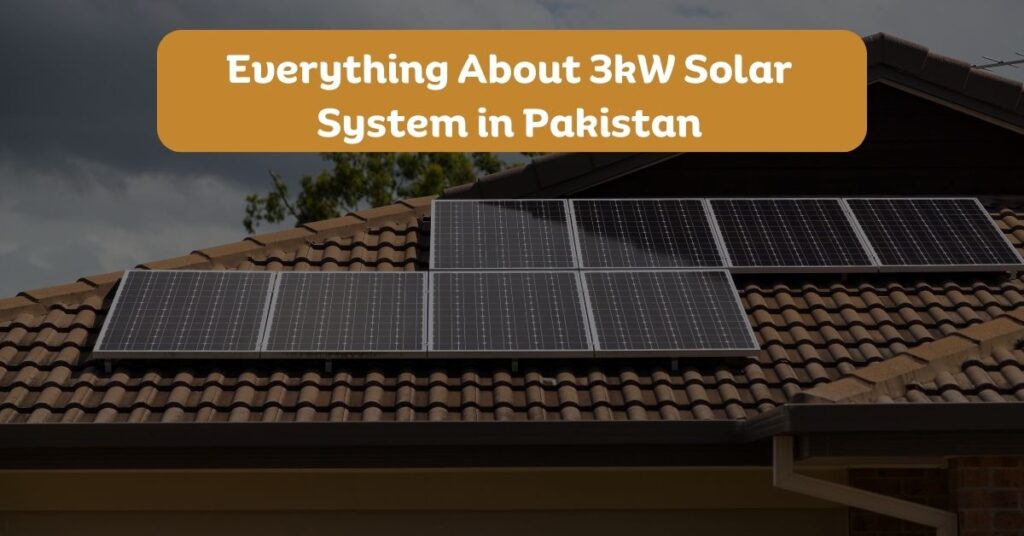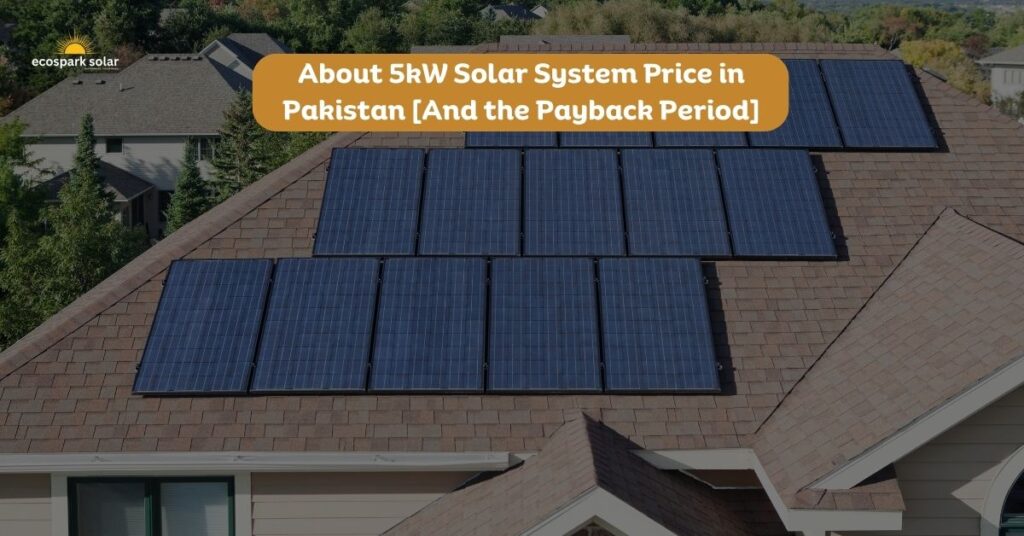“How to size a solar system for my house? How many panels do I need for my home—or business? What would be the appropriate inverter for my house? And how to calculate the size of the solar panel system?” These are some of the questions my clients ask me while just starting the process. And rightly so—it is an important consideration that never needs to be overlooked.
So, in this article, I will write detailed answers to each question you may have about the estimated size of your solar system. You will also know how you can do it for your home.
Let’s get to the process! But before that, let’s understand two important concepts that you’ll come across while sizing your solar system.
Understanding Watts (or Kilowatts)
A watt (W) is a unit of power that indicates how much energy an appliance uses at any given moment. Think of it as the speed at which energy is consumed. A kilowatt (kW) is a larger unit equal to 1,000 watts. It’s often used to measure bigger loads of energy, like your home’s overall electricity consumption.
Understanding Kilowatt-Hours (kWh)
Energy is the amount of power used over time. Kilowatt-hours (kWh) is the unit that quantifies this. To put it simply, if you have a 1,000-watt appliance (such as iron) running for an hour, it consumes 1 kWh of energy. Your electricity bills often show your monthly energy usage in kilowatt-hours—we often call it “units” in Pakistan.
Now, let’s find you some answers.
How to Size a Solar System for Your House: A Step-by-Step Guide
We have divided this section into five simple steps for easier understanding. Follow these steps, and you will be able to determine the size of the solar panel system you need.
Just one thing: There are three types of solar systems. On-grid, off-grid, and hybrid solar. In this article, we talk about sizing an on-grid system. If you want to know about hybrid system, read our article on how to size a hybrid solar system for home or business.
1. Understand Your Energy Consumption
Getting a handle on your energy consumption is like finding the starting point on a map. It’s the key to sizing a solar system that meets your actual needs. Carefully check your electricity bills from the past year. These bills will provide insights into monthly consumption and seasonal variations. Look for months when your usage is high—these might coincide with extreme weather conditions, such as summer, that demand more cooling.
Take the time to calculate your average daily usage, then factor in any changes you might anticipate, like adding more occupants or appliances. For example, your monthly bill may be 900 units in summer and 500 in winter. Take it as 750, as you want to optimize your system for hotter months in summer. That means your daily consumption is roughly 25 units a day.
2. Consider Peak Consumption and Appliance Power
Above, we calculated monthly and daily consumption as was given in our electricity bill. But our bills do not speak of peak energy consumption during the day or the instantaneous power required by some appliances. Sizing your solar system to handle peak consumption and specific appliance power demands requires a bit more detailed analysis.
In this section, we will talk about that.
Understanding Peak Consumption
Suppose you’ve identified that your energy consumption tends to spike during hot summer afternoons due to air conditioner usage. Your average daily energy consumption is 25 kWh, but it can jump to 30 kWh during peak usage. When sizing your solar system, it’s wise to base it on this higher peak consumption to ensure it can handle demanding periods.
Calculating Appliance’s Instantaneous Power Requirements
Consider a 1.5-ton air conditioner with a starting load of 3 kW and a continuous running load of 1.5 kW. If this is the most power-hungry appliance you have, calculate its daily energy consumption:
Daily Air Conditioner Energy Consumption = Continuous Load (kW) × Hours of Usage
Daily Air Conditioner Energy Consumption = 1.5 kW × 6 hours (assumption)
So, the Daily Air Conditioner Energy Consumption = 9 kWh
When sizing your solar system, you’d add this 9 kWh to your average daily energy consumption of 25 kWh, bringing the total to 34 kWh. However, since our bill has already included this, we will only take five additional units, taking the total to 30 and not 34. This accounts for both regular consumption and the air conditioner’s demand.
Incorporating Safety Margins
You might consider adding 15% to the total calculated energy requirements to provide a safety margin. Safety margin ensures that your system can handle a bit extra load than you have estimated.
Total Energy Requirements with Safety Margin = Total Energy Requirements × 1.15
Total Energy Requirements with Safety Margin = 30 kWh × 1.15 ≈ 34.5 kWh (Units)
3. Assess the Number of Peak Sun Hours
Peak sun hours are not the same as total daylight hours. Also known as solar irradiance, they represent the period when the sun’s intensity is strong enough for efficient solar power generation. A peak sun hour is an hour during which the sun’s energy level is equivalent to 1,000 watts per square meter (1 kW/m²).
Different regions experience varying amounts of peak sun hours. Research your location’s average peak sun hours throughout the year. You can find more information about it in our article on peak sun hours in Pakistan, where we have outlined hours for some Pakistani regions.
Keep in mind that peak sun hours change with the seasons. Winter might have fewer peak sun hours compared to summer. Make sure to factor these variations into your calculations for accurate solar system sizing.
For the sake of our example, we will take it as 5.5 for Islamabad.
Also, the panel output is also dependent on the angle at which it is installed and the direction it faces. In Pakistan, the angle varies from 25 to 35, and the direction is always south. Read more about calculating the best tilt angle and direction for solar panels in Pakistan.

4. Determine Solar Panel Capacity (How Many Solar Panels Do I Need?)
Now that you understand your energy consumption and peak sun hours, let’s translate this knowledge into real-world numbers for different solar panel capacities.
We will do it for a resident of Islamabad with the following attributes.
Monthly consumption: 750 units
Daily consumption: 25 units
Daily consumption with air conditioning and safety margin: 34.5 units
Peak sun hours: 5.5
Calculate the Daily Output of a Single 500-Panel
To determine how much energy a single panel can produce, you’ll need to factor in system efficiency. Multiply the panel capacity by the average peak sun hours and then account for system efficiency.
Let’s assume an efficiency of 80% (considering losses).
Daily Output = Panel Capacity (kW) × Peak Sun Hours × System Efficiency
Daily Output = 0.5 kW × 5.5 h × 0.80 Daily Output ≈ 2.2 kWh
Calculate the Monthly Output of a Single 500W Panel
To find out how much energy a single panel can generate over a month, multiply the daily output by the number of days in a month (30).
Monthly Output = Daily Output × 30 days Monthly Output ≈ 66 kWh
Determine Panels Needed
To cover a monthly consumption of 750 units, divide the total monthly consumption by the monthly output of a single panel.
Number of Panels = Monthly Electricity Consumption / Monthly Output of a Single Panel
Number of Panels = 750 units / 66 kWh ≈ 11.35 panels
Rounding up, you would need around 12 panels of 500W each. But 12 panels can only generate 26kWh per day, while we will have 34.5 kWh consumption per day, considering AC and safety margin. Add three more panels, and we will have 17 panels.
Number of Panels Considering AC and Safety Margin = 15
The size of this system will be 7.5 kW solar system. Considering the energy production of a 7kW system, it can also work for your household.
Now, you know how to size a solar system for your house in Pakistan.
Remember that these calculations provide a basic estimate, as various factors like shading, weather, and system efficiency can influence actual energy production.
You May Like to Know: How Much Does a 7kW Solar System Cost in Pakistan?
If your desired system is not 7kW and want to know about the price of solar systems in general, read this guide where we have broken down the cost of solar systems in Pakistan. This article also talks about the price trends of solar panels in the past 3 years.
A solar system for everyone.
We’re customer-centric; we will find you a solution within your budget. Whatever your project size, you can always save with Ecospark Solar.
5. Select an Appropriate Inverter

There are different inverter options available, such as string inverters, microinverters, and power optimizers. Each type has its advantages, and your choice should align with your system’s size and specific needs.
Given your panel setup of around 15 panels at 500W each, the total capacity is roughly 7.5 kW. When choosing an inverter, aim for a capacity that matches or slightly exceeds this value. This ensures that your inverter can handle the energy generated by your panels without overloading or underutilizing the system.
Think ahead to potential expansions. If you plan to increase the number of panels in the future, opt for an inverter with some headroom. This prevents the need for inverter replacement when you decide to expand your solar array.
Efficiency is a key factor. Look for inverters with high-efficiency ratings, as they directly impact your system’s overall performance. Additionally, prioritize inverters that offer monitoring capabilities. Monitoring allows you to keep a close watch on your system’s energy production and promptly identify any irregularities.
Based on your system’s size, we would recommend choosing a 10kW inverter. It will also take care of any future expansion you plan.
How to Size a Solar System for My House? A Recap
To size your system, you will need to calculate your monthly and daily consumption. In your daily consumption, do account for peak usage and instantaneous power. Once that is done, calculate your peak sun hours. From there, you will be able to assess the size of the system you need based on the formulae mentioned above. If you are still not sure how to do it, do not worry. We are here for you. Contact us and we will help design you a system that would be perfect for your household—or business—needs.



